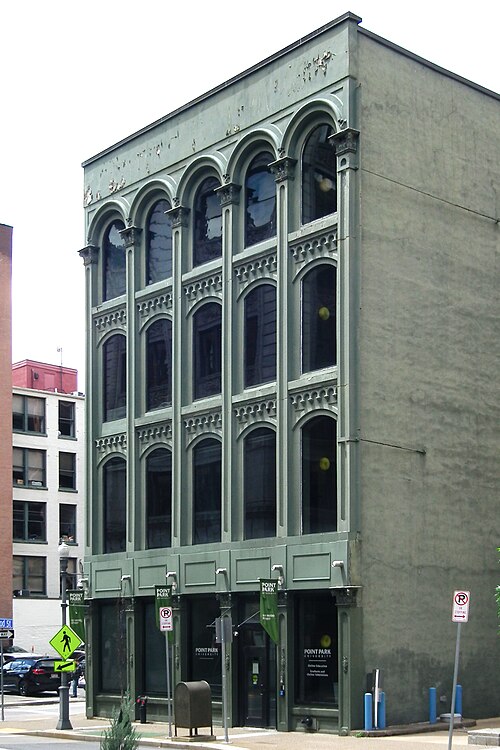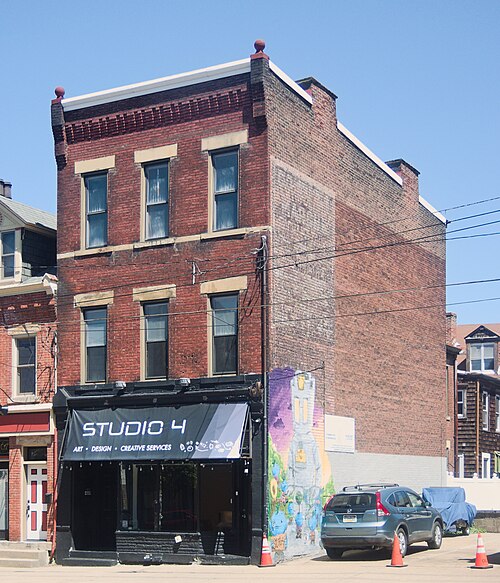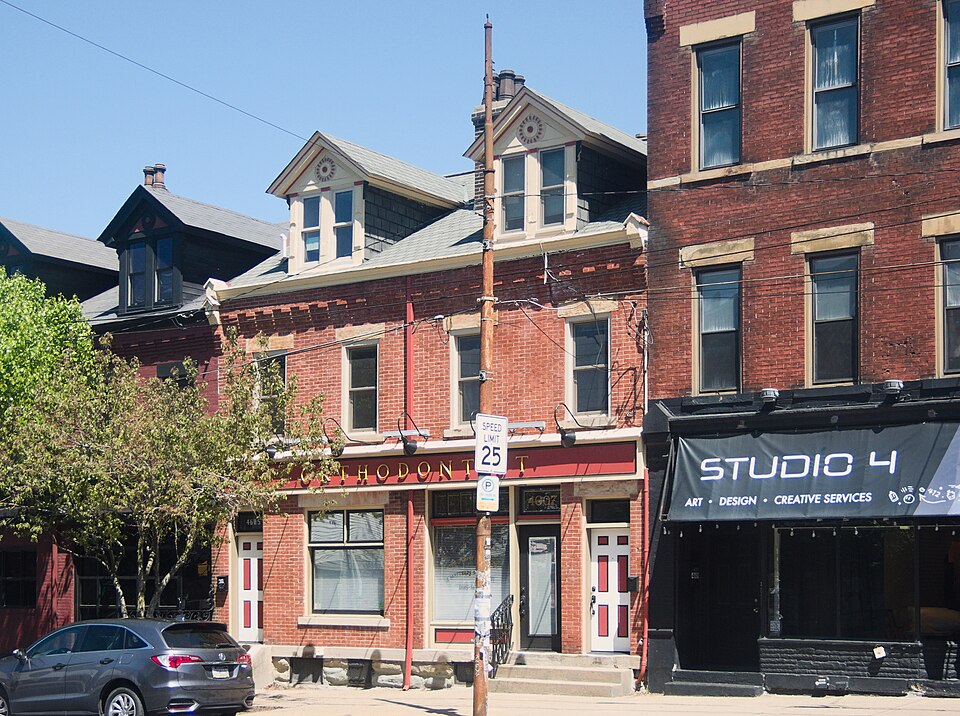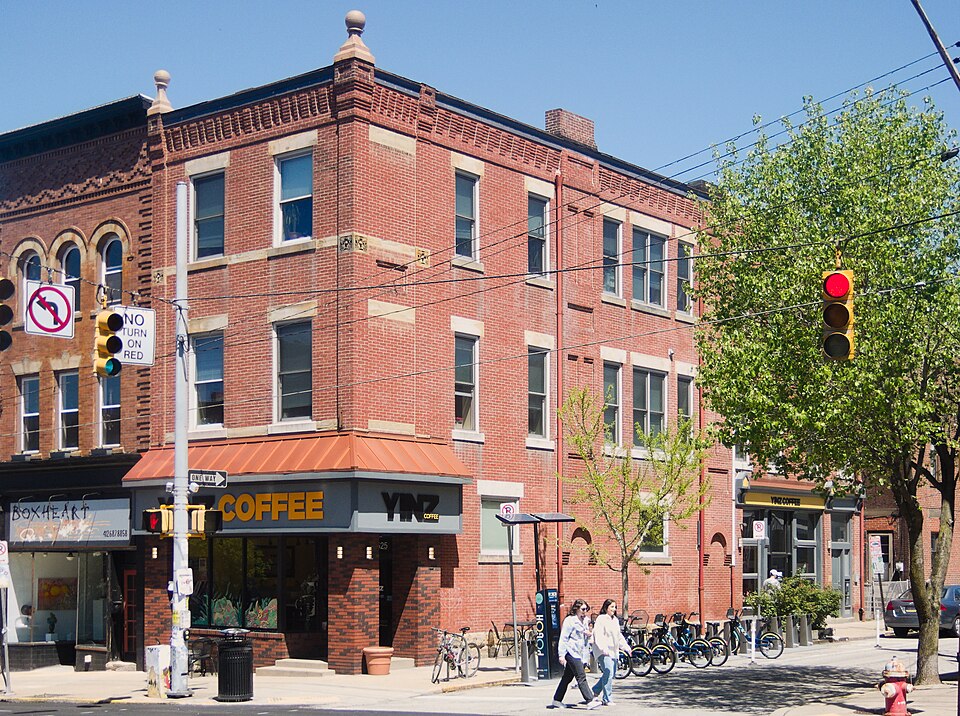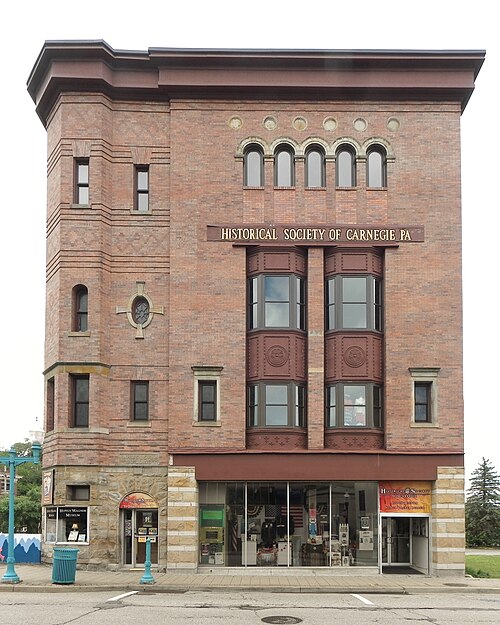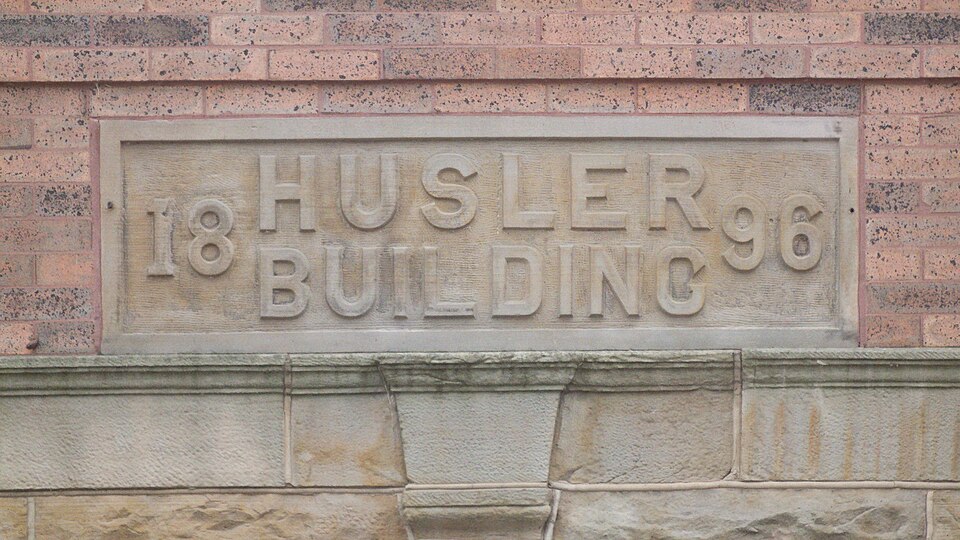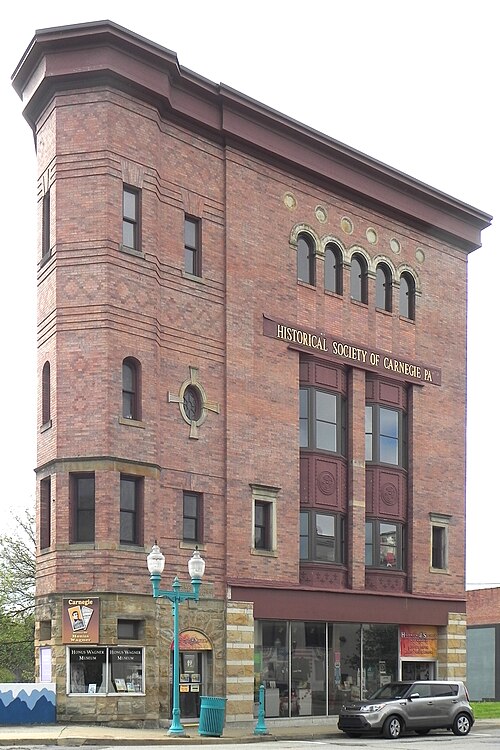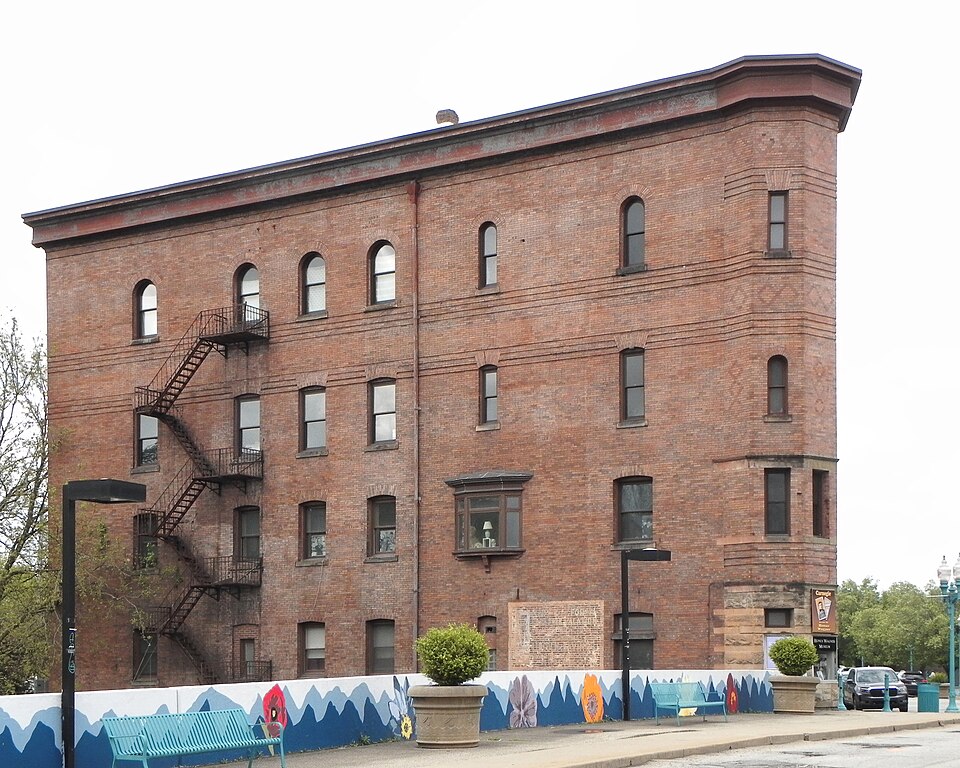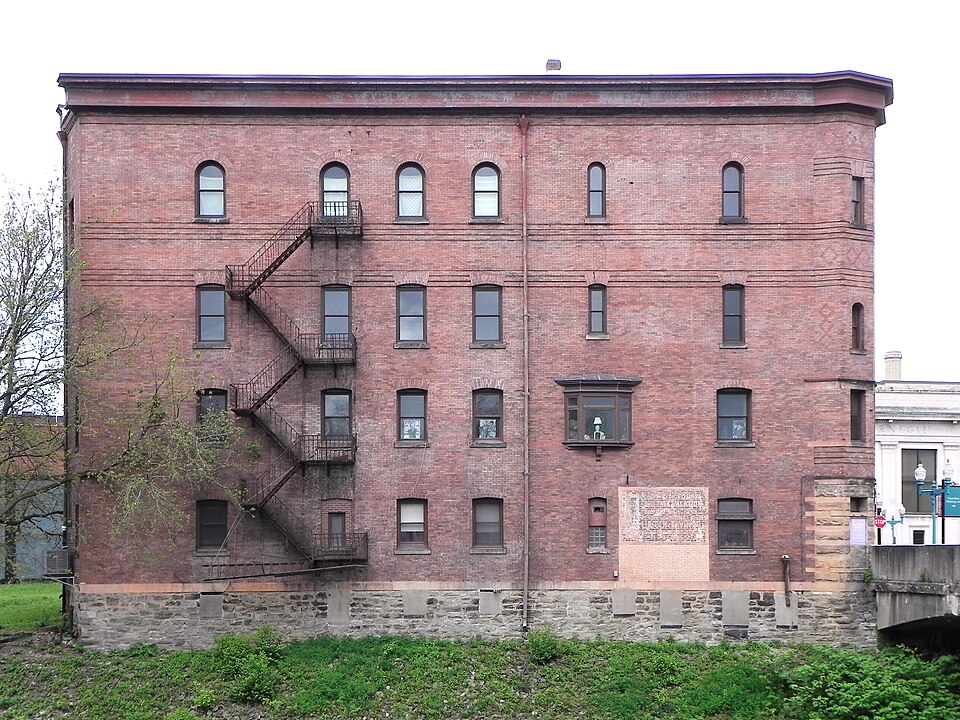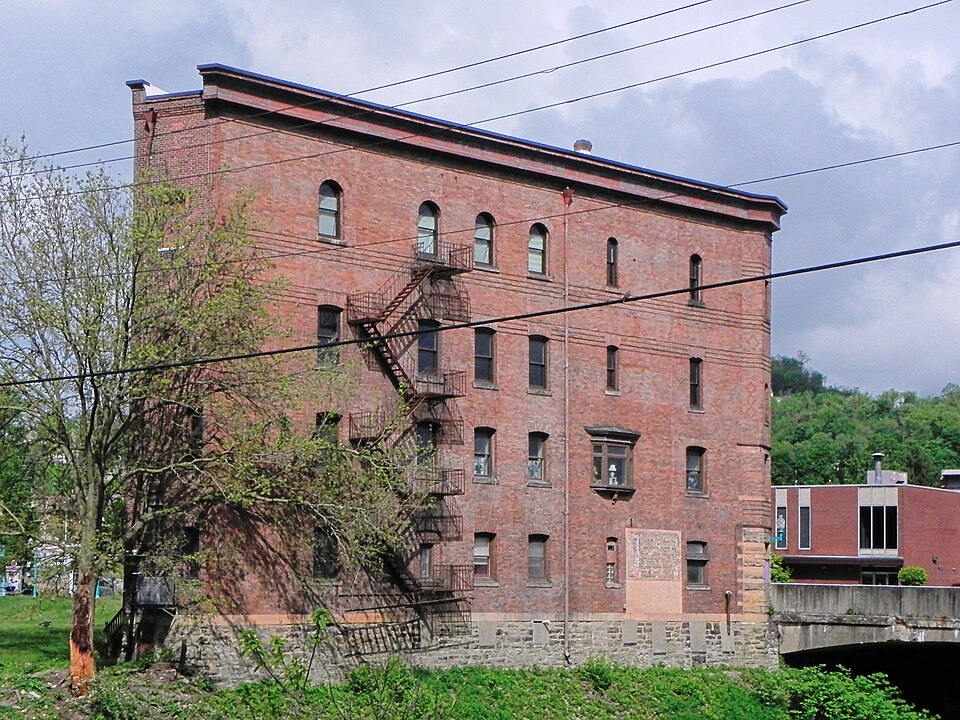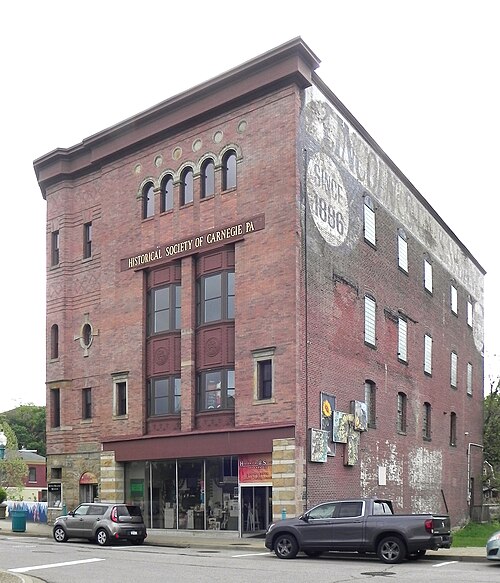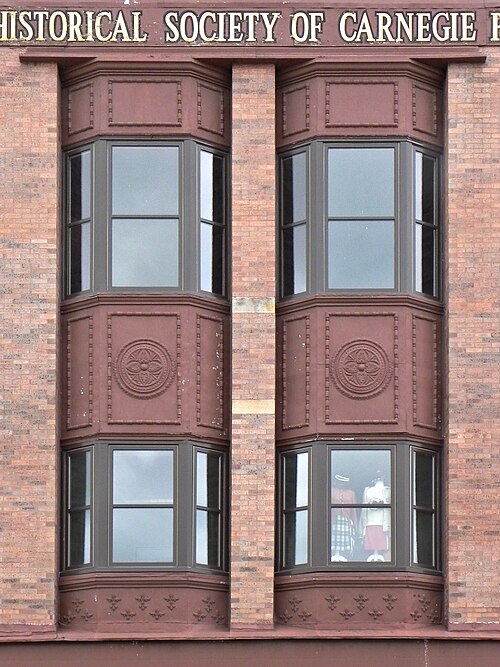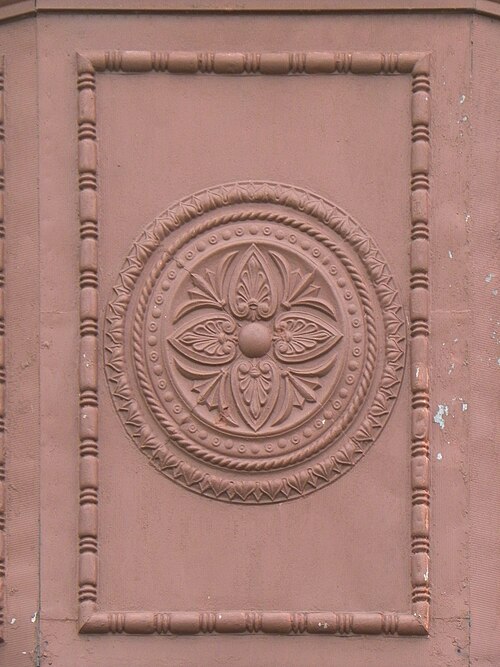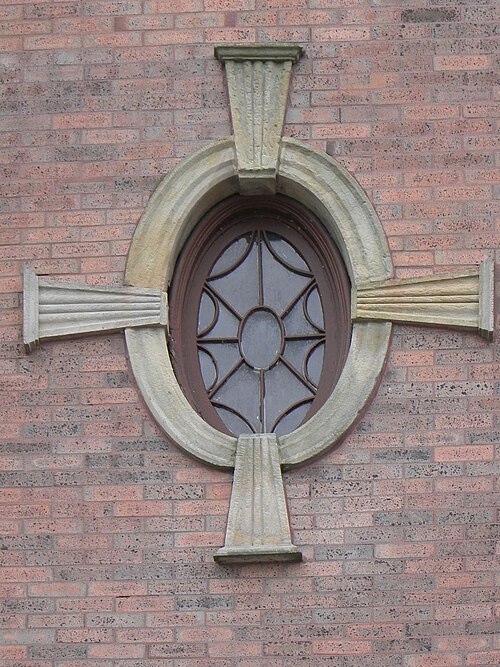
A good example of the style old Pa Pitt thinks of as German Victorian, with heavily eyebrowed Rundbogenstil arches and prominent finials. It was probably built in the 1890s; it appears on plat maps in the early twentieth century (check the “1903–1906” box) as owned by L. Vilsack—almost certainly the Leopold Vilsack who was a prominent real-estate developer in the East End and one of the founders of Iron City Brewing, whose mausoleum in St. Mary’s Cemetery is in an exaggerated version of the same style. The windows have been filled in with new ones of the wrong size, and the ground floor has been altered (the storefront originally had a corner entrance), but most of the decorations that give the building its Victorian character have survived.




Correction: When this article was first published, old Pa Pitt had negligently typed “Homestead” instead of “Homewood” in the headline. Thanks to a correspondent for pointing out the error.
Comments



















